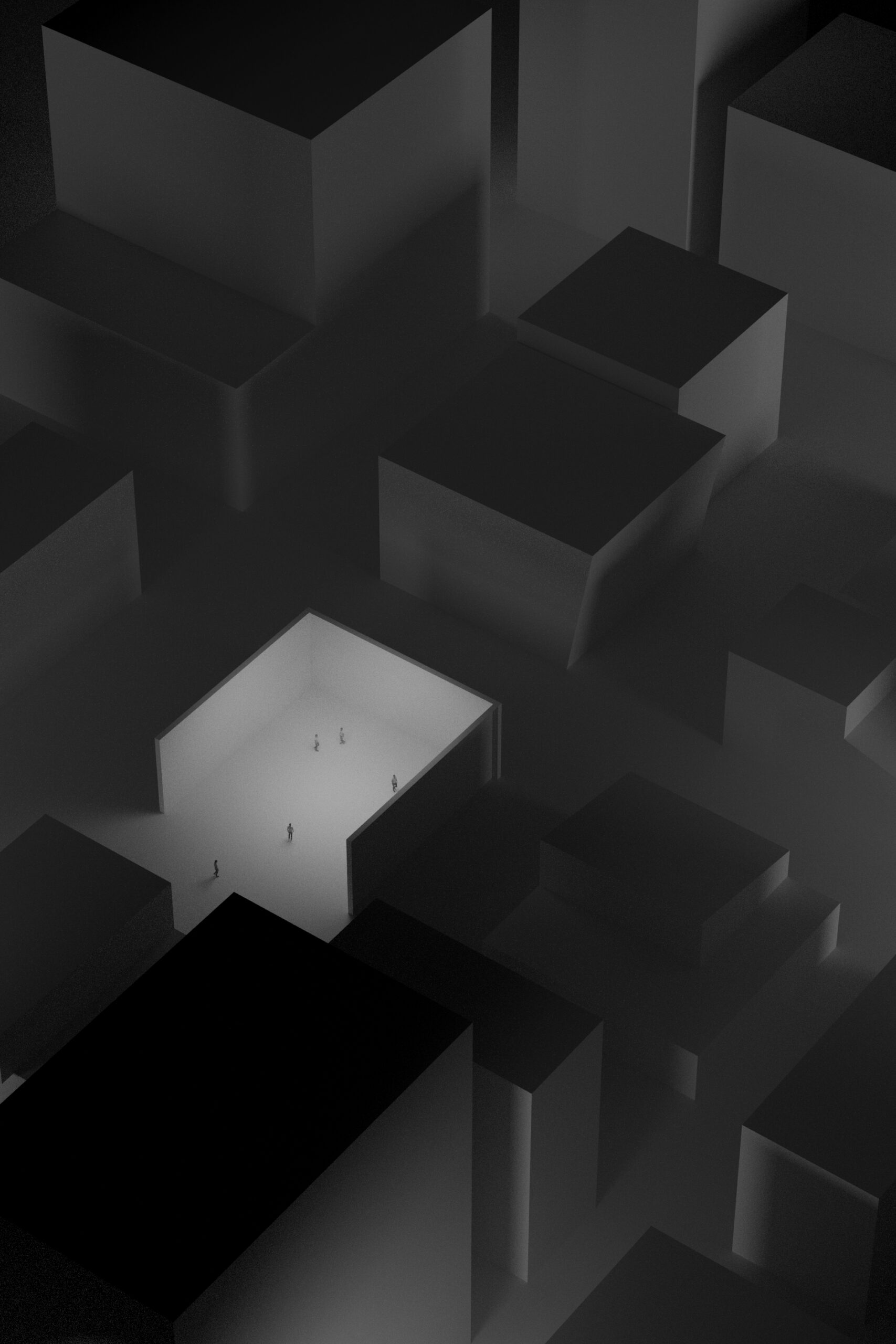
Method
Together with experiences of psychological concepts, interpretations and association from the meditative state, neuropsychological research within the field of spatial perception are to be implemented – letting the two domains merge together into a symbiotic driving force of the design process.
As part of the interpretative research phase a catalogue of design iterations within the selected architectural domains relating to specific meditative phenomena are to be concluded, intending to identify what spatial characteristics that acts as inductions of a meditative state.
Meditation is an ancient practice that touches upon various psychological, philosophical and – to some extent – existential issues and ideas; from attempting to explain the notion of consciousness, ideas of impermanence and to questioning our universal existence.
The understanding of these issues is embodied through sensory and bodily phenomena. Subjective interpretations of various phenomena and concepts of the meditative state is thus defined, which then are to act as a theoretical and conceptual base for further design exploration.
Eight phenomena deriving from the meditative state have been selected. The selection have been made in such way to incorporate a wide range of phenomena, from complex and incomprehensible internal phenomena (eg consciousness) to more physical and controllable such (eg vision).
- breath
- consciousness
- attention
- body
- transition
- vision
- affirmation
- auditory perception